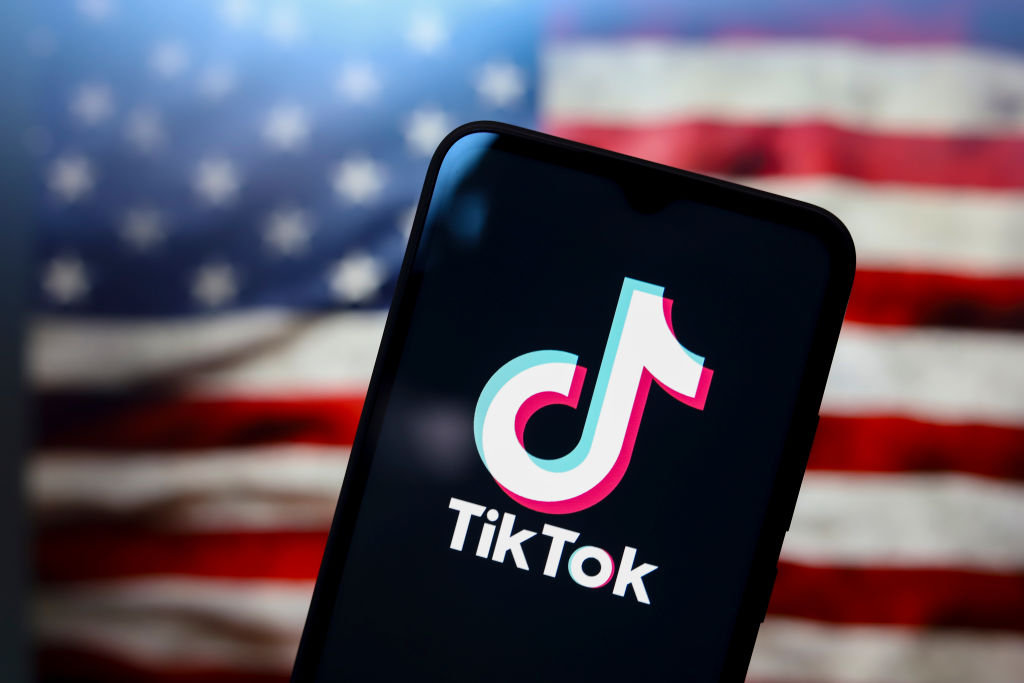If you walked through communities across this country and asked everyday Americans to explain why groceries and gas cost more, why interest rates continue to go up, or optimal investment approaches, you’d hear a wide range of answers. This wide range would show you how differently everyone — including myself — experiences and understands how our financial system truly works.
Fresh out of college, I had to learn the basics of money management and finances through life’s hard knocks. I remember feeling like I was finally “adulting” when I opened my first savings account that had about a 3-4% interest rate. But at the same time, I never explored alternate methods of saving, like a certificate of deposit, which earns interest on a lump sum over a fixed period of time and I was definitely too risk-averse to put any money into the market — so investing was out of the question. Looking back, I now realize that my financial understanding, like so many in our country, was not where it needed to be and I didn’t have the tools to understand how our economy works. Now, the question is — would things have been different if I were taught those financial tools early on?
A person’s level of financial literacy can have a significant impact on countless major life moments, such as navigating college financial aid and student loans, knowing what industries provide well-paying jobs, and understanding the art of negotiating your salary. Yet, for many Americans, the invaluable guidance on how to best navigate financial decisions was taught to them by their parents or elders. For students and youth growing up in the most vulnerable communities, whose caregivers may not have attended college or previously set up a retirement account, this can leave them with less resources than their peers and feeling particularly overwhelmed. So, how can we help more underrepresented Americans of color — especially our youth — better navigate these moments and understand how these financial decisions will determine the path they take?
One way is to be more intentional about engaging and educating our youth about the financial landscape and building the foundations of financial literacy early on. This is where reshaping education policy becomes paramount. According to the Council for Economic Education’s latest Survey of the States report, only five states (Connecticut, Hawaii, Massachusetts, Vermont, and Washington State) currently require that financial literacy courses and curriculum be included in their K-12 standards. Also, as the California Legislature weighs a proposal by Governor Gavin Newsom to set aside $300 million for low-income schools, which would provide specific guidelines designed to hold school districts accountable for using money to improve student outcomes and close the opportunity and outcome gaps across the state, it’s important to identify how much — if any — of those funds will be set aside for financial learning.
While integrating financial literacy standards into education curricula and increasing funding for schools are positive steps forward, it’s important to recognize that financial knowledge is often overlooked despite being a crucial tool in closing opportunity and income gaps, especially in underrepresented communities. To truly unlock the potential of financial literacy, public and private partnerships must work together to educate our youth about the various career paths that lead to well-paying jobs and opportunities for building generational wealth.
Through my work at Career Catalyst, a career navigation platform designed to inspire the next generation of BIPOC innovators to be the next generation of STEAM professionals, I’ve applied my experiences working in education, community engagement, and resource equity to help create more economic prosperity for communities that need it the most. Those include:
Bring financial literacy to the forefront of education policy and equity conversations: Financial education can have a significant impact on students’ ability to pursue higher education and their career goals. By remembering that knowledge is power, when it comes to financial decision-making, we can reduce systemic barriers to educational mobility and promote greater financial independence. Moreover, creating more open and transparent conversations around financial literacy benefits not only that individual but also those in their immediate circles – like parents, siblings and other relatives.
More structural investment in public school programming: By allocating additional resources toward areas such as technology, extracurricular activities, and academic support programs, we can create a more inclusive and supportive learning environment. Additionally, more work can be done with public schools to educate students about STEAM careers that are the ticket to high-wage careers and provide long-term financial security.
The importance of fostering mentorship and community building: By working with local community leaders or organizations, we can create support systems for our youth, and build stronger, more financially educated, and resilient communities.
We can all take small steps in creating systems and tools that can help our Black and Brown youth better understand finances, the banking system and the broader economic landscape. I would ask every parent, mentor, and community leader to introduce and use innovative resources — like those available on our Career Catalyst platform — to help build the financial foundation for one young person in your life because it’s never too late. Hey, they might even feel like they’re “adulting” earlier than I did.
—

















